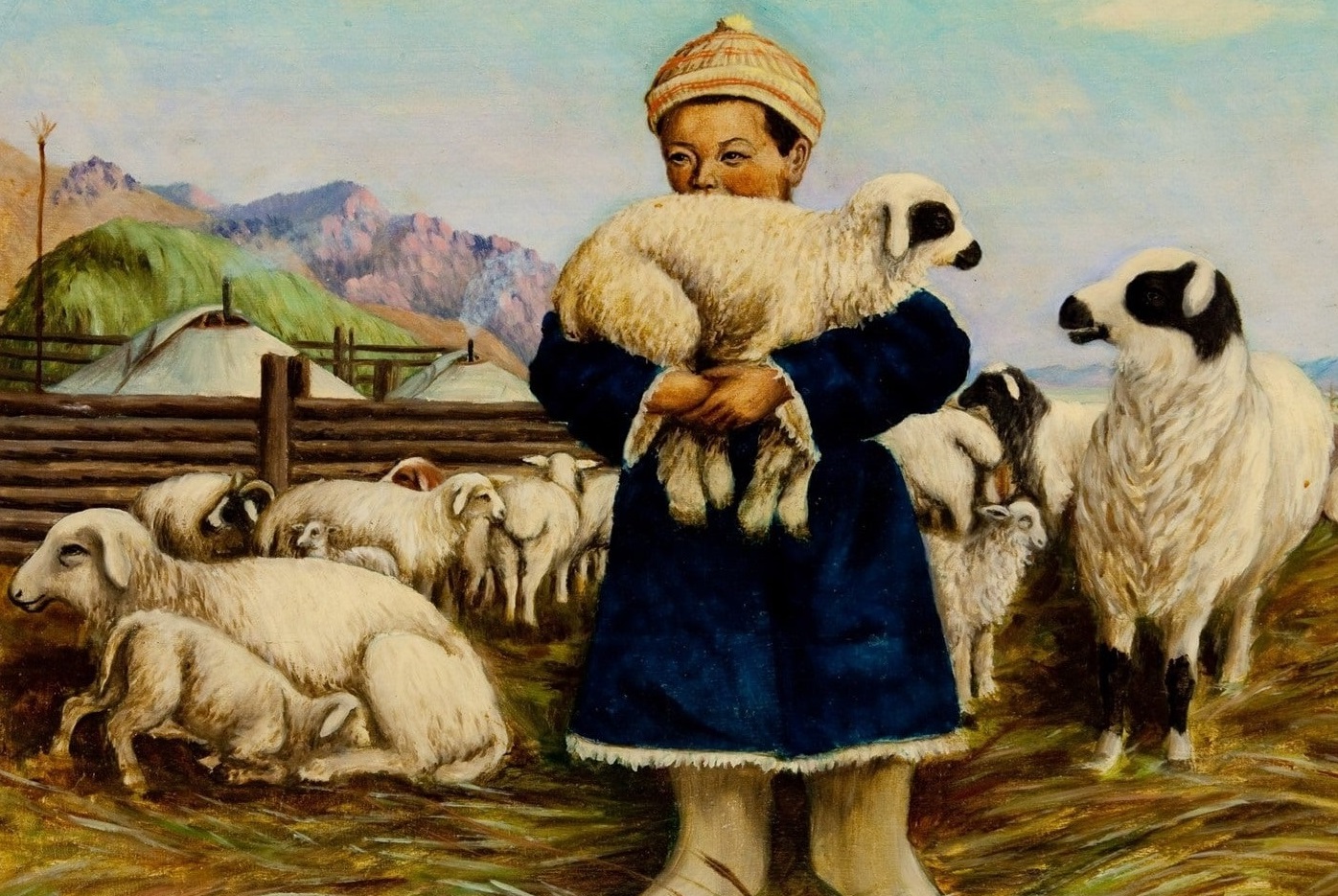8:45 PM Mongolian Art: A Resurgence of Traditional and Contemporary Creativity | |

Mongolian art is experiencing a dynamic fusion of the old and the new, with traditional forms like thangka painting and morin khuur music being reimagined alongside bold contemporary movements in digital art and environmental activism. As Mongolia’s artistic landscape continues to evolve, it is clear that the country’s rich cultural heritage will remain a powerful source of inspiration, while its innovative artists shape the future of Mongolian and global art.1. Traditional Thangka Art Experiences a Modern RevivalThangka, a traditional form of Tibetan Buddhist painting, is undergoing a revival in Mongolia. In 2023, Gandan Monastery, the largest Buddhist center in Ulaanbaatar, opened an exhibition celebrating the works of young Mongolian thangka artists. These intricate, religious scroll paintings, which depict Buddhist deities, historical scenes, and natural elements, have long been a cornerstone of Mongolia’s artistic heritage. The recent resurgence of thangka art among younger generations is blending traditional techniques with contemporary subjects, incorporating elements from Mongolian folklore, landscapes, and even modern social themes. These new interpretations are drawing attention both locally and internationally, with works featured in global exhibitions. Key Impact: This revival not only preserves an ancient form but also introduces it to a broader audience, making it a bridge between Mongolia’s spiritual heritage and modern artistic expression. 2. Mongolian Contemporary Art: Ulaanbaatar as a Cultural HubIn the heart of Ulaanbaatar, Mongolia’s capital, the Art Gallery of Ulaanbaatar and The National Art Museum have been instrumental in cultivating a thriving contemporary art scene. In 2024, the city hosted the Ulaanbaatar International Art Festival, which brought together artists from across the globe to showcase innovative works inspired by Mongolia’s unique history and culture. Themes and Trends:
Highlight: One of the standout pieces at the 2024 festival was an installation by Naranbaatar Tserenkhand, which used natural materials from the Mongolian steppe to create a series of immersive sculptures that invited viewers to experience the nomadic lifestyle in a new way. 3. Mongolia’s Bold Move into Digital Art and InnovationAs the world increasingly embraces digital technology, Mongolian artists are making their mark in the realm of digital and interactive art. In 2024, Ulaanbaatar Digital Arts Center opened its doors to a new generation of tech-savvy creatives. Artists are using augmented reality, virtual reality, and digital installations to create immersive experiences that challenge traditional notions of art. Notable Artist: Munkhbold Bat-Erdene, a young digital artist, gained international attention with his VR project "Eternal Steppe," which used virtual reality to recreate the vast Mongolian landscapes and traditional herding practices, allowing users to experience them firsthand. His works are gaining recognition in global tech and art festivals, highlighting the intersection of Mongolia’s ancient traditions and modern technology. 4. Traditional Music and Art: The Return of the Morin KhuurMongolia’s traditional music, especially the haunting sounds of the morin khuur (horsehead fiddle), has found new life as artists incorporate it into modern compositions. The Mongolian State Morin Khuur Ensemble has been collaborating with contemporary musicians, fusing traditional sounds with genres such as jazz, electronic music, and rock. This collaboration culminated in a 2024 performance at the Mongolian Cultural Center in New York, where musicians from Mongolia performed a stunning blend of ancient and contemporary melodies. The performance was a testament to the evolving nature of Mongolia’s musical tradition and its ability to adapt to the global stage. 5. Art as Environmental Advocacy: The Steppe as a CanvasMongolian artists are also using their talents to raise awareness about environmental issues affecting the country, especially the challenges of desertification and climate change. In 2024, Tumen Shine (translated as “Great Steppe”), a collective of Mongolian environmental artists, unveiled a large-scale outdoor art installation along the edge of the Gobi Desert. The project involved the use of sustainable materials and land art techniques, with the artists working with local communities to create visual narratives about the importance of preserving Mongolia’s fragile ecosystems. The installation served as both a piece of art and an educational tool, attracting attention from environmentalists and art enthusiasts worldwide. 6. Celebrating the Role of Women in Mongolian ArtMongolian women artists are breaking new ground in the art world, challenging societal expectations and pushing the boundaries of creativity. In 2024, The Women’s Art Exhibition, held in Ulaanbaatar, showcased the works of over 50 female artists who explored themes ranging from gender equality to cultural preservation. One of the standout pieces, "Eternal Flame" by Tsevelmaa Erdenebayar, depicted a symbolic woman holding a flame, representing the strength of Mongolian women in preserving their culture through turbulent times. The exhibition not only highlighted the talent of female artists but also focused on the important role women play in the preservation and growth of Mongolian art. 7. The Mongolian Film Industry: A New Frontier in Artistic ExpressionThe Mongolian film industry is gaining momentum as a new platform for artistic expression. Mongol (2007), directed by Sergei Bodrov, brought international attention to the country’s cinematic potential, but today’s Mongolian filmmakers are forging their own paths with stories that blend traditional cultural narratives with contemporary issues. In 2024, Munkh-Erdene Bayar, a young filmmaker, debuted his film “The Last Herd,” a poignant drama about the struggles of a Mongolian herder family caught between tradition and modernity. The film’s stunning cinematography, which captured the beauty of the Mongolian landscape, received acclaim at several international film festivals. | |
|
| |
| Total comments: 0 | |